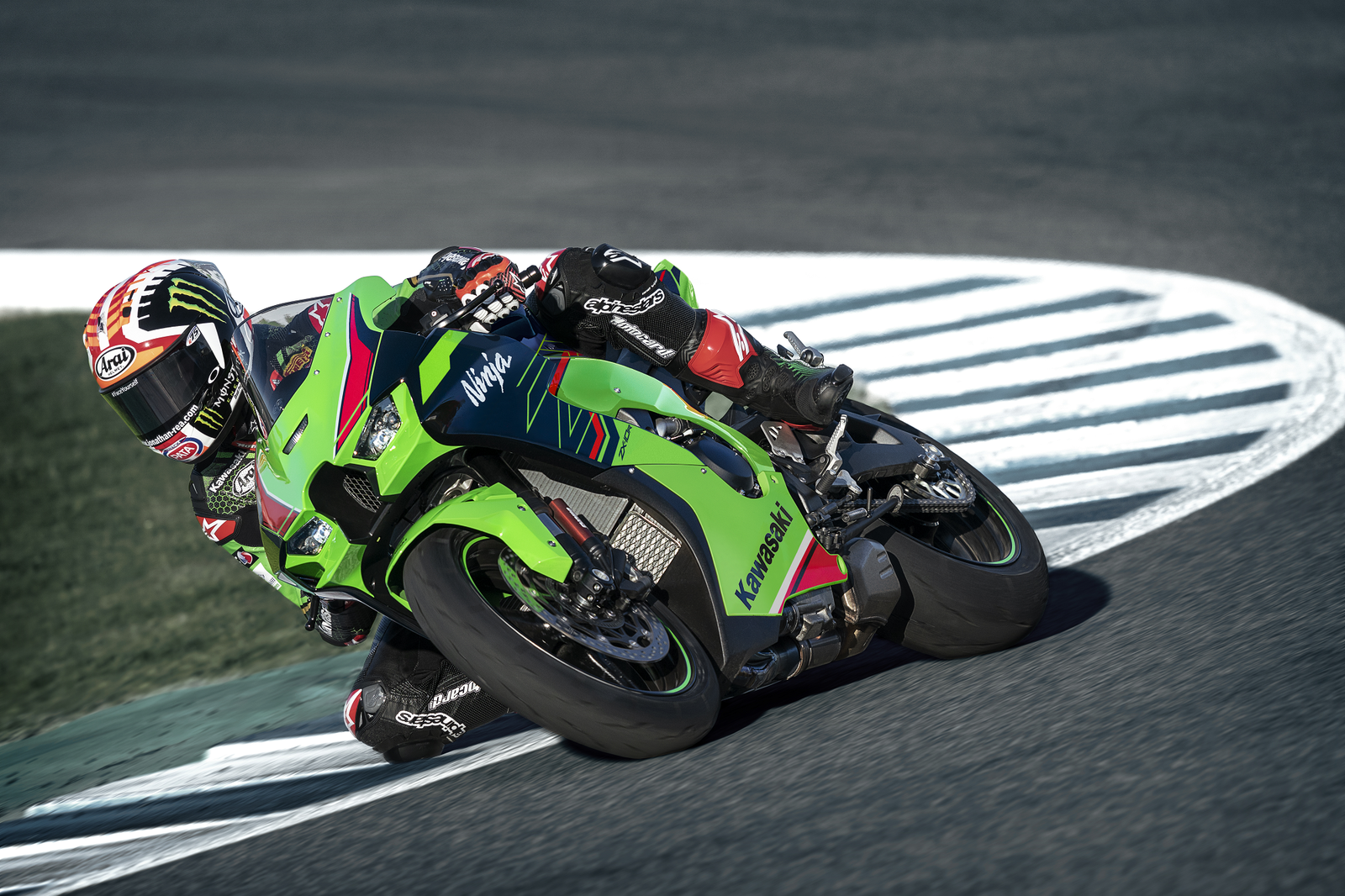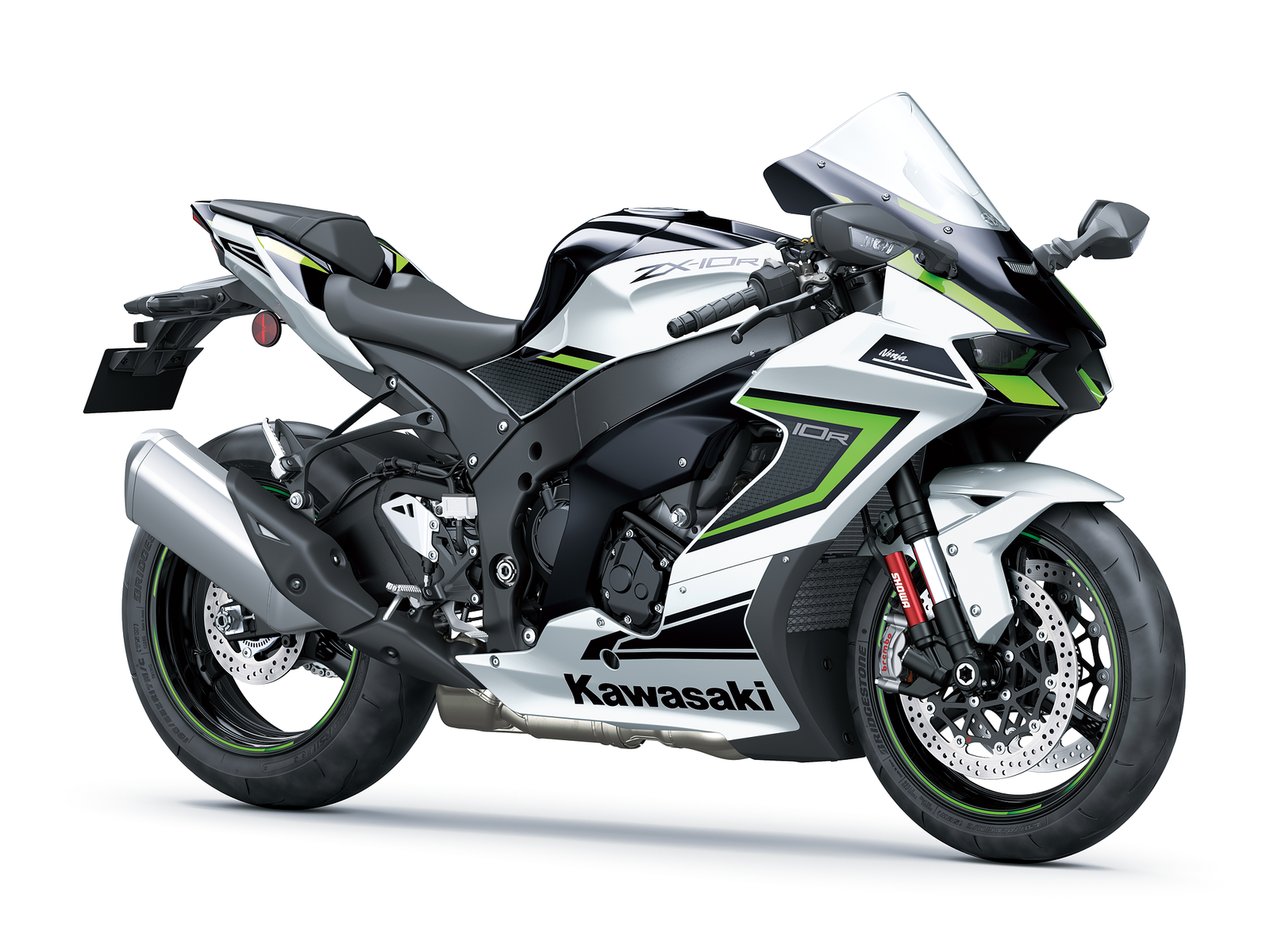2023 Kawasaki Ninja ZX-10RR gains Variable Air Intake
UPDATED - 07/02/2023 - The 2023 Kawasaki Ninja ZX-10RR gains a Variable Air Intake system to boost on-track performance

THIS new model update for the 2023 Kawasaki Ninja ZX-10R and ZX-10RR may have originally landed in the autumn of last year, but Kawasaki has just announced a new intake system for the much-loved sports bike.
The changes to the technical spec centre around the intake and air-box of the homologation special Ninja ZX-10RR, as the new bike, will be gaining Variable Air Intakes (VAI) to boost its on-track performance.
The system is located in the airbox of the bike and features moveable intake funnels that adjust the height of the intake stack. When the VAI funnels are raised, intake air bypasses the system for optimal high-rpm performance; when lowered, intake air passes through the taller intake funnels, for increased low-mid range performance. The movement of the funnels is regulated by servos to maximise output at all rpm. The bike has the funnels set in the upper position as stock, although racers and trackday riders who opt for the racing kit parts including a race-kit ECU, loom and sub-controller, will benefit from the system's boost in low and mid-range performance. Kawasaki also goes on to explain that the system is not available for owners of the ZX-10RR who wish to use the VAI system on the road.
Original article continues below.
Kawasaki has revealed the 2023 model year ZX-10R and ZX-10RR motorcycles, the latter of which being the bike from which the factory race bike is derived.
The 2023 update is not a revolution from the current generation of Kawasaki litre sports bikes. It comes with the same inline-four cylinder engine with 998cc and around 203 horsepower in the ZX-10R.

For the ZX-10RR, that pushes up to 214 horsepower, and at a higher rpm. The ZX-10R produces its peak power at 13,200 rpm, while the ZX-10RR has its peak output at 14,000.

The ZX-10RR also has different valve springs, camshafts and piston pins; and it differs from the ZX-10R with its titanium connecting rods and lightweight pistons, which both come from Pankl. Additionally, the Marchesini wheels that you get with the ZX-10RR are not the same as those that are fitted to the ZX-10R, as well as the Pirelli Diablo Supercorsa tyres that are ZX-10RR-only.
For the suspension, the 43mm Balance Free forks from before are back at the front - where there is also a 330mm brake disc and four-piston radial callipers from Brembo - and at the rear there is a BFRC gas-charged shock absorber which features preload adjustability.

Both bikes can be connected to Kawasaki’s Rideology app via a five-inch TFT dashboard, and all the lighting on both bikes is LED.
They both also come with Kawasaki’s cornering management system, KCMF, as well as electronic cruise control and integrated rider modes.

The appearance is almost identical to before, too, with Kawasaki’s unique approach to aerodynamics that was first introduced for 2021 remaining for the 2023 model year. There is a new colour option for the ZX-10R, though, with “Pearl Robotic White/Metallic Diablo Black” joining the standard “Lime Green/Ebony Black”, while the ZX-10RR is only available in “Lime Green”.
The cost for the 2023 Kawasaki ZX-10R is £17,499, and for the 2023 ZX-10RR it is £25,429.

